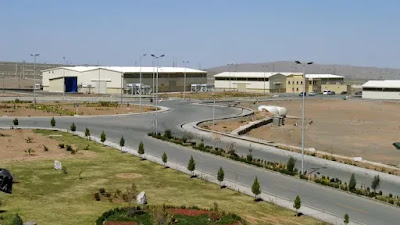The findings come as diplomatic efforts between Washington and Tehran are set to resume this weekend, with a third round of discussions aimed at reviving constraints on Iran's nuclear program. David Albright, president of the Institute for Science and International Security, highlighted the strategic significance of the new perimeter and tunnel systems, which are located beneath Mount Kolang Gaz La. “The construction suggests these facilities could be nearing operational status,” Albright stated, according to Reuters. He further noted that international nuclear inspectors have not been permitted to access the area, raising suspicions about the site's intended use.
The tunnels could potentially be used to conceal stockpiles of highly enriched uranium, as well as advanced centrifuges capable of rapidly enriching uranium to weapons-grade levels, Albright warned. Iran has indicated that the new underground complex will house centrifuge assembly activities, previously conducted at a Natanz facility that was severely damaged in a 2020 sabotage incident. Albright emphasized that the depth of these tunnels surpasses that of Fordow, Iran's already deeply buried enrichment plant near Qom, making them potentially more resistant to airstrikes or sabotage. (Read More)
